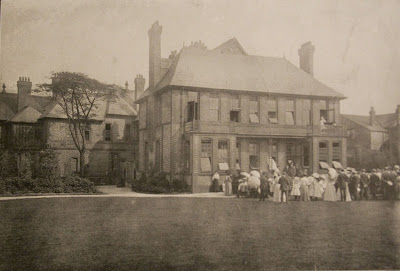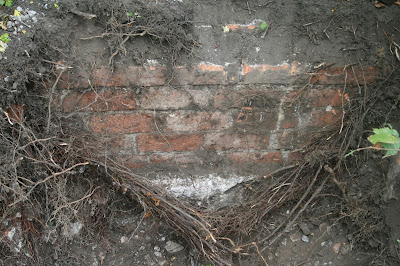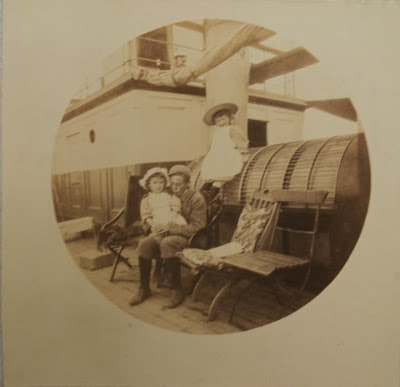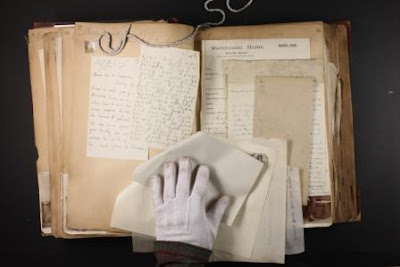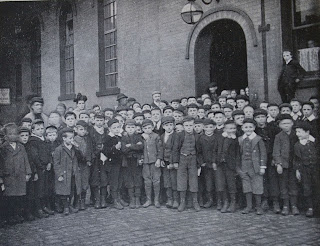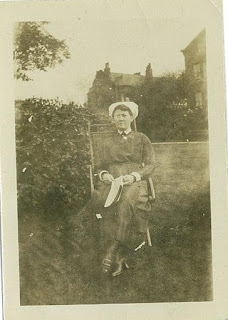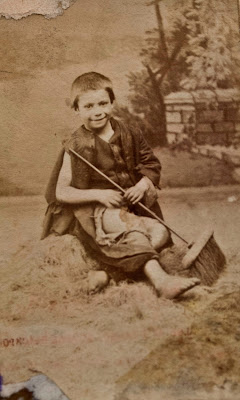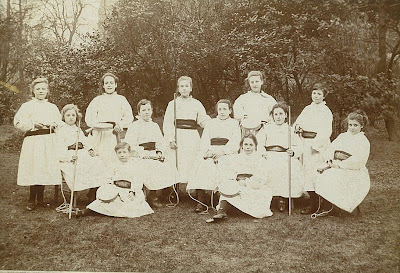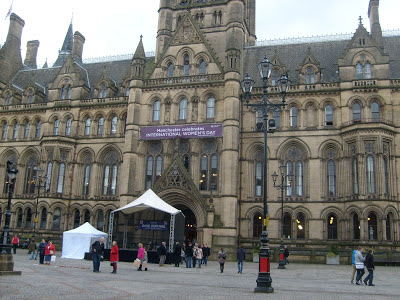I was lent a book recently entitled, ' The Gangs of Manchester: The Story of The Scuttlers' by Andrew Davies . The book revolves around Manchester at the end of the nineteenth century and the turf wars which existed between groups of teenagers. Scuttlers belonged to their own distinct group; the Bengal Tigers, the Meadow Lads and the Pollard Street Scuttlers, to name a few, fiercely defended their own patch. Weapons included belt buckles and knives as well as the boy’s fists and feet. From 1870 the industrial slums of Manchester and Salford saw the emergence of a brutal gang culture that lasted for 30 years. Strangeways Prison – A common sight to many a scuttler “A scuttler is a lad, usually between the ages of 14 and 18, or even 19, and scuttling consists of the fighting of two opposed bands of youths, who are armed with various weapons”. — Alexander Devine , Scuttlers and Scuttling: Their Prevention and Cure. (Manchester, 1890) So how is this book relevan...



